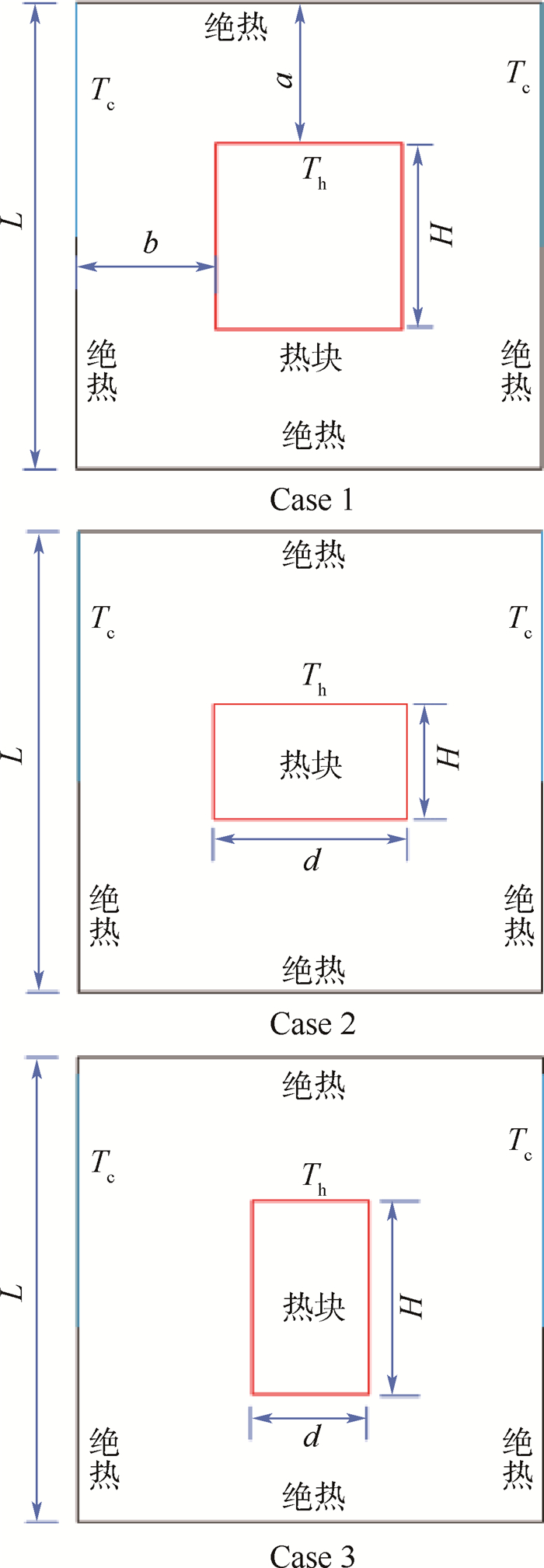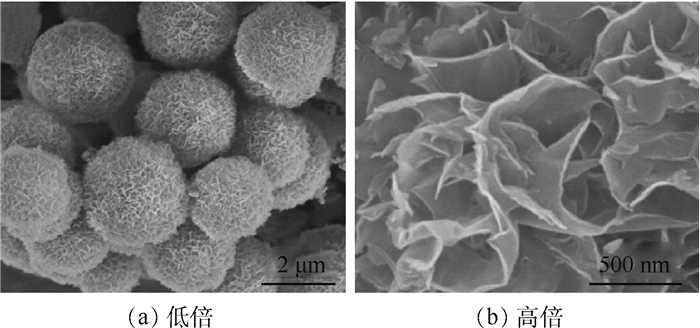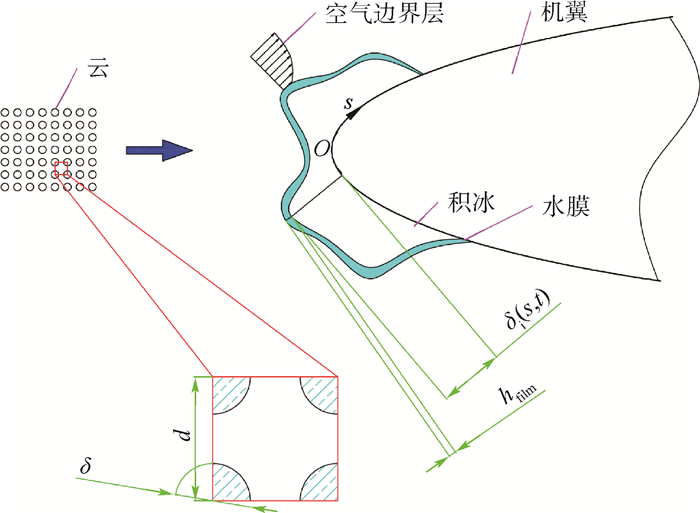In order to enhance the effect of fluid flow and heat transfer in the porous square cavity, the non-orthogonal multiple-relaxation-time (MRT) lattice Boltzmann method (LBM) is used to simulate the natural convective heat transfer in the porous square cavity with internal heat source. The effects of different cold source arrangements (Scheme A-Scheme F), internal heat source structure (Case 1, Case 2, Case 3), internal heat source location (a, b), Darcy number, and Rayleigh number on fluid flow and heat transfer in square cavity are studied. The calculation results show that the arrangement of the cold source has an important influence on the fluid flow and heat transfer. When the cold source is symmetrically distributed, the temperature field and the flow field in the cavity are also symmetrically distributed; under high Rayleigh number, the double upper cold source arrangement of Scheme A can significantly improve the heat transfer intensity in the cavity; the shape of the internal heat source has a great influence on the convective heat transfer in the cavity. Under the high Rayleigh number, case 3 is arranged better. The positions a and b of the internal heat source have obvious influence on the heat transfer in the cavity. The fitting relationship between the average Nusselt number of the hot wall surface and the position a is proposed, and there is an optimal position a (a=0.25), which makes the convective heat transfer in the cavity strongest; the average Nusselt number of the hot wall surface also shows a specific variation law with the change of b value. With the value of b increases, the average Nusselt number of the hot wall surface increases first, then decreases and finally increases.





